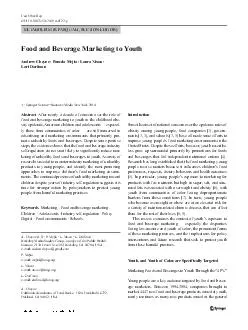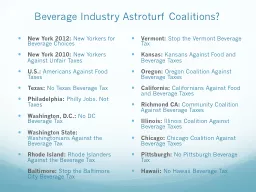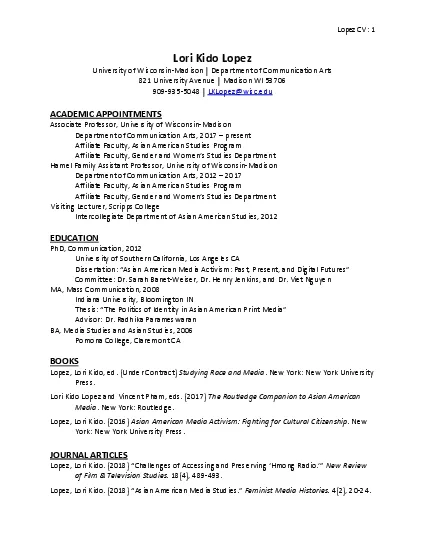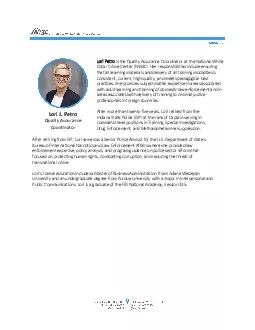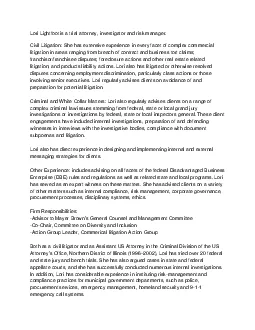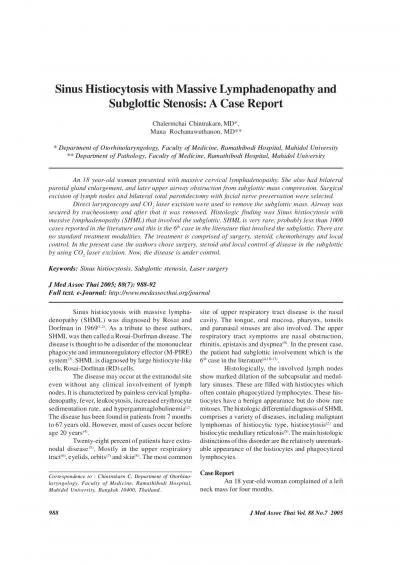PDF-METABOLISM R PASQUALI SECTION EDITOR Food and Beverage Marketing to Youth Andrew Cheyne
Author : stefany-barnette | Published Date : 2014-11-28
Despite some positive steps the evidence shows that the food and beverage industry selfregulation alone is not likely to significantly reduce mar keting of unhealthy
Presentation Embed Code
Download Presentation
Download Presentation The PPT/PDF document "METABOLISM R PASQUALI SECTION EDITOR Foo..." is the property of its rightful owner. Permission is granted to download and print the materials on this website for personal, non-commercial use only, and to display it on your personal computer provided you do not modify the materials and that you retain all copyright notices contained in the materials. By downloading content from our website, you accept the terms of this agreement.
METABOLISM R PASQUALI SECTION EDITOR Food and Beverage Marketing to Youth Andrew Cheyne: Transcript
Download Rules Of Document
"METABOLISM R PASQUALI SECTION EDITOR Food and Beverage Marketing to Youth Andrew Cheyne"The content belongs to its owner. You may download and print it for personal use, without modification, and keep all copyright notices. By downloading, you agree to these terms.
Related Documents

